1. Baby Walkers

Baby walkers—those wheeled contraptions that help babies zoom around before they can walk—are banned in Canada and discouraged in several European countries, according to Kate Gibson from CBS News. The main issue? They can actually delay walking development and lead to dangerous falls down stairs or collisions. Health Canada banned them entirely in 2004, even making it illegal to sell or advertise them.
In the U.S., though, they’re still sold in baby aisles everywhere. Pediatricians do warn against them, but there’s no official nationwide ban. Many parents don’t realize they’ve been associated with thousands of ER visits annually. They’re still a go-to baby shower gift despite the risks.
2. Certain Types of Cosmetics
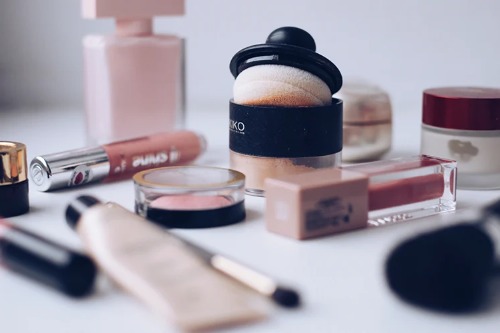
Some American cosmetics contain ingredients like formaldehyde, parabens, or phthalates—chemicals linked to cancer, hormone disruption, and reproductive issues, according to Oliver Milman from The Guardian. These are banned or tightly regulated in the EU, where more than 1,300 chemicals are prohibited from use in personal care products. In contrast, the U.S. has banned only around 30. The FDA doesn’t pre-approve cosmetics before they hit the shelves.
So while Americans casually use lotions, lipsticks, and shampoos loaded with these ingredients, many other countries see them as unsafe. The cosmetics industry in the U.S. is powerful, and labeling can be confusing or downright misleading. European brands have started marketing their “clean” status to appeal to concerned consumers. But a lot of Americans don’t even realize what they’re putting on their skin.
3. Certain Lawn Chemicals

American lawns are often perfectly green thanks to herbicides like 2,4-D, a common weed killer. But this chemical has been banned or restricted in countries like Norway, Denmark, and Sweden due to potential links to cancer and environmental harm. The European Union has taken a much stricter stance on many synthetic pesticides used freely in the U.S., according to Jillian Olsen from the Center for Public Integrity. The concern is long-term exposure, especially for kids and pets who play on treated lawns.
In America, homeowners often pride themselves on that lush, weed-free look, not realizing the ingredients might not be so friendly. The chemical is even part of Agent Orange’s nasty legacy, although in smaller doses here. Still, other countries just aren’t willing to take the risk. Meanwhile, lawn care companies keep it in their standard spray mixes.
4. Flame Retardant Furniture

Most American couches, mattresses, and even baby products are treated with flame retardant chemicals to meet safety standards. But these chemicals—particularly PBDEs (polybrominated diphenyl ethers)—are banned in the European Union and Canada due to health risks, according to George Monbiot from The Guardian. Studies have linked them to hormone disruption, fertility problems, and developmental issues in kids. The irony? They don’t always slow fires down as effectively as once believed.
American homes are full of these hidden chemicals, and most people have no idea. Even older furniture can be a source, since these substances tend to stick around for years. It’s tough to find completely flame-retardant-free furniture unless you’re actively searching for it. Other countries have focused more on fire-safe construction and smoking laws instead.
5. Potassium Bromate in Bread

In the U.S., many store-bought breads and baked goods are made with potassium bromate, which helps the dough rise higher and look fluffier. However, it’s banned in the EU, China, and Brazil because it’s considered a possible carcinogen. The International Agency for Research on Cancer (IARC) classifies it as potentially harmful, especially in large or repeated doses. Despite this, it remains legal and widely used in American commercial baking, according to Troy Farah from The Guardian.
Americans eat it all the time without a second thought. It’s hard to know it’s there unless you read the fine print on the ingredient label. Meanwhile, other countries have switched to safer alternatives like ascorbic acid. The U.S. FDA hasn’t banned it, but they’ve recommended voluntary reduction for years.
6. Chlorine-Washed Chicken
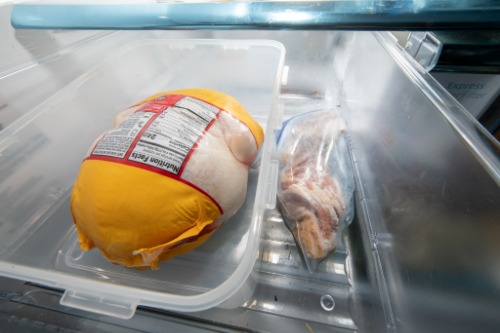
In the U.S., raw chicken is often treated with a chlorine rinse to kill bacteria like salmonella. This practice is outright banned in the European Union, where they favor stricter hygiene practices during the entire life cycle of poultry farming. EU regulators argue that chlorine washes can mask poor sanitation and create a false sense of food safety. Plus, there’s concern over chemical residues.
To Americans, it might sound totally normal—after all, you just cook the chicken thoroughly, right? But in Europe, it’s not even allowed on supermarket shelves. It’s been a long-standing trade issue between the U.S. and EU. Still, chlorine-washed chicken remains common in American households.
7. Artificial Food Dyes
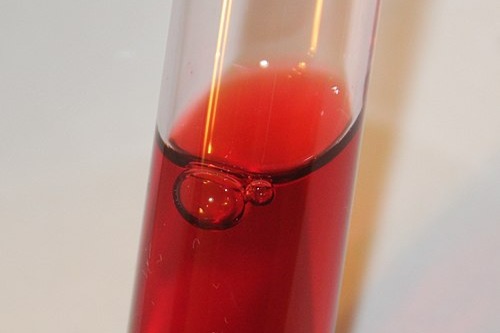
Brightly colored snacks and cereals like mac & cheese, sports drinks, and candy often contain dyes like Yellow No. 5 and Red No. 40. While they’re approved for use in the U.S., many of these dyes are banned or restricted in the UK and other parts of Europe. Some require warning labels overseas due to potential links to hyperactivity in children. The EU encourages manufacturers to use natural colorings instead.
In contrast, the U.S. food market embraces artificial colors for that “eye-catching” appeal. Kids’ cereals practically glow in the dark thanks to them. And unless you specifically avoid them, they’re nearly impossible to dodge. Other countries just aren’t as comfortable with the risks.
8. Ractopamine in Pork
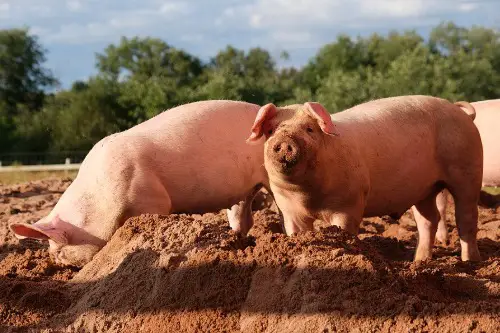
Ractopamine is a feed additive used in American pig farming to promote lean muscle growth. It’s banned in over 160 countries, including China, Russia, and the EU, due to concerns over cardiovascular effects and behavioral changes in animals. The FDA considers it safe at regulated levels, but global scientists disagree. There’s also a worry about its impact on humans who consume the meat.
Despite all that, over half of U.S. pork products contain traces of it. Most American consumers have never even heard of it. Meanwhile, other countries require imports to be ractopamine-free. If you’re eating bacon or ham in the U.S., chances are it’s part of the package.
9. Brominated Vegetable Oil (BVO)

This is a controversial additive used in citrus-flavored sodas like Mountain Dew and some sports drinks to keep flavoring evenly mixed. BVO contains bromine, which is also found in flame retardants. The EU and Japan banned it years ago due to concerns about memory loss, skin irritation, and other neurological issues. Prolonged consumption has been linked to serious health problems in some studies.
In the U.S., the FDA has flip-flopped on its status but still allows it in limited quantities. Many American soda fans don’t even know it’s in there. Some brands have voluntarily removed it, but it’s still out there. It’s another case of U.S. standards being a bit more lenient than global ones.
10. High-Fructose Corn Syrup
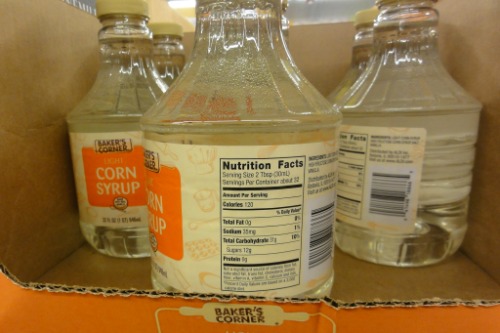
This sweetener is super common in American processed foods—from sodas to ketchup to salad dressings. But in countries like the UK, Germany, and Japan, it’s either banned or extremely limited. The concerns revolve around obesity, diabetes, and liver disease, especially with long-term overconsumption. Europe generally relies more on beet or cane sugar.
In the U.S., it’s everywhere, thanks in part to corn subsidies that make it cheaper than other sweeteners. It’s one of the most polarizing ingredients in nutrition debates. Even health-conscious shoppers often struggle to avoid it entirely. But other countries have been much more proactive about keeping it off the menu.
11. Raw Milk
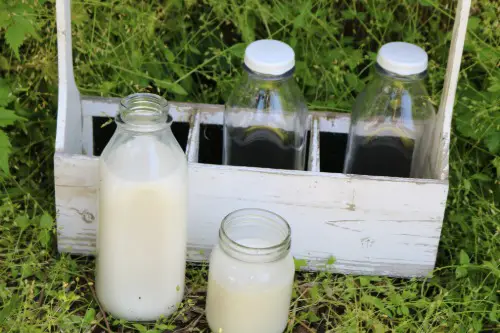
In many American states, raw (unpasteurized) milk is sold at health food stores and farmers’ markets. Advocates claim it’s more nutritious and tastes better, but the CDC strongly warns against it due to the risk of dangerous bacteria. It’s banned for sale in countries like Scotland, Australia, and much of Canada. Those governments believe the health risks far outweigh the potential benefits.
Pasteurization kills harmful pathogens like E. coli and listeria, which can be especially dangerous for children, pregnant women, and the elderly. In the U.S., rules vary wildly by state, and there’s a whole subculture of raw milk drinkers. It’s even delivered by “milk shares” in some communities. Other countries simply don’t want to take the gamble.
12. Tanning Beds for Teens

While tanning beds are legal across the U.S. (with some state age restrictions), countries like Brazil and Australia have banned them entirely. The link between tanning beds and skin cancer—especially melanoma—is well documented. Brazil was the first to implement a total ban, and Australia followed with one of the most aggressive anti-tanning campaigns in the world. In contrast, the U.S. market still targets image-conscious young adults.
American homes may not have tanning beds, but they’re common enough at local salons and gyms. Some states let teens use them with parental consent. Dermatologists warn against it, but the industry still thrives. Other countries aren’t taking any chances with UV radiation exposure.
13. Incandescent Light Bulbs
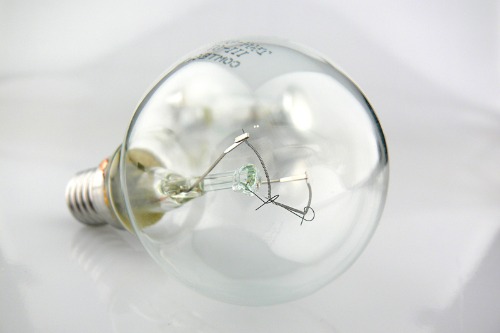
These old-school bulbs are still used in many American homes, despite being largely phased out in places like the European Union. The reason? Energy inefficiency. They burn hotter and use more electricity compared to LEDs or CFLs, which means more carbon emissions over time.
In the EU, they’ve been banned since 2012 as part of aggressive energy-saving initiatives. The U.S. has started making moves to limit them, but they’re still found in hardware stores and garages across the country. A lot of folks prefer the warm glow and low price tag. But globally, they’re seen as outdated and environmentally costly.
14. Blackout Curtains with Lead Weights
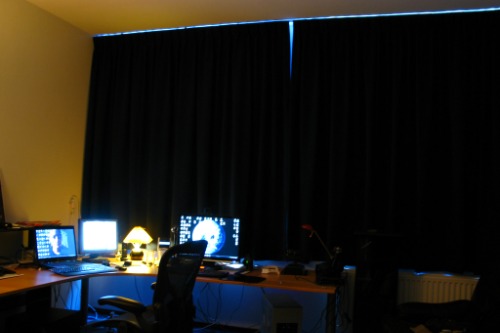
Believe it or not, some blackout curtains sold in the U.S. use tiny lead weights in the hem to help them hang straight. It’s subtle, and most people have no idea they’re even there. But countries like the EU and Japan have banned this practice due to lead’s well-documented toxicity—especially when it comes to kids touching or mouthing the fabric. Over time, lead can leach out as dust, which is particularly risky in homes with toddlers or pets.
In the U.S., there are no specific restrictions on using lead in curtain weights, though some brands have started switching to stainless steel. Still, older curtains or cheaper imports may contain lead, and there’s little consumer awareness. While the exposure risk is relatively low compared to, say, lead paint or pipes, other countries aren’t taking any chances. Meanwhile, American homes still hang them up for better sleep without knowing what’s literally hanging inside.


